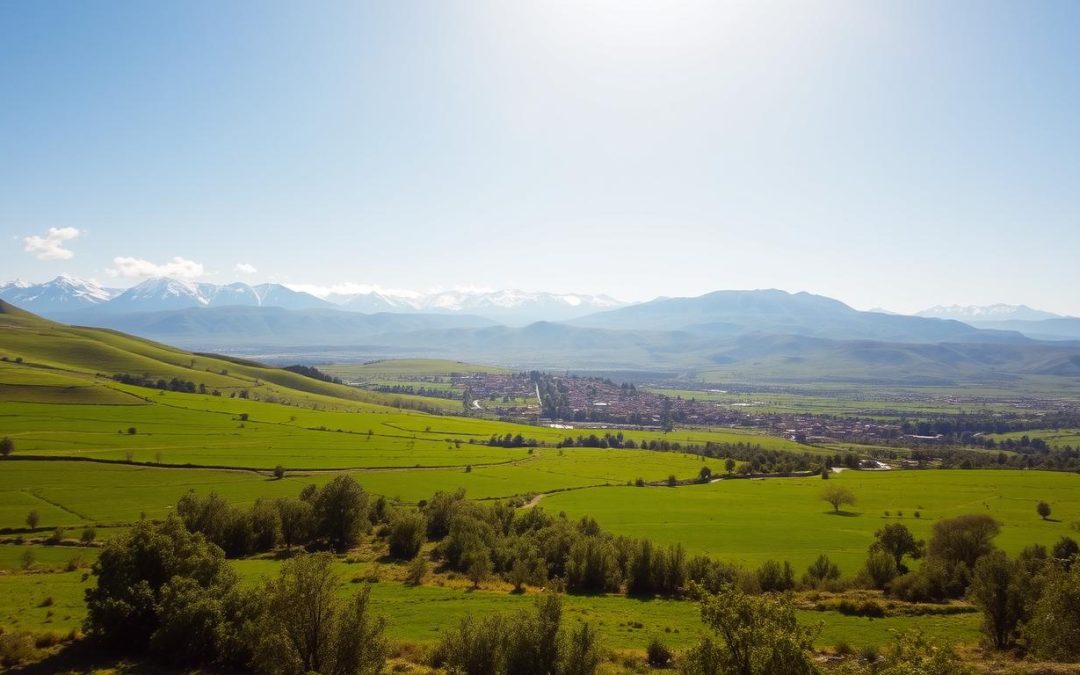Have you ever wondered how one country can offer such a wide range of climates? From the high-altitude chill of La Paz to the lush warmth of the Amazon, Bolivia’s weather is as diverse as its landscapes. Planning your trip around the right time can make all the difference in your experience.
Understanding the regional differences is key. The Altiplano region, home to La Paz and Uyuni, has a cooler, high-altitude climate. Meanwhile, the tropical lowlands of the Amazon offer a completely different vibe. The dry season, typically from April to October, is often considered the best time to visit. Clear skies and reliable travel conditions make it ideal for exploring.
This guide will help you navigate Bolivia’s unique weather patterns. You’ll learn about the best months to visit key destinations, how to plan for seasonal events, and tips for making the most of your adventure. Ready to plan your trip? Let’s dive in!
Key Takeaways
- Bolivia’s weather varies greatly by region, from high-altitude areas to tropical lowlands.
- The dry season (April to October) is the most reliable time to visit.
- La Paz and Uyuni offer cooler climates, while the Amazon is warm and humid.
- Seasonal events and outdoor activities are best enjoyed during specific months.
- Planning ahead ensures a smoother and more enjoyable travel experience.
Understanding Bolivia’s Diverse Climate Zones
Ever marveled at how one destination can span icy peaks and steamy jungles? This is exactly what you’ll find here. The country’s weather is as varied as its landscapes, making it essential to understand its distinct climate zones before you pack your bags.
Exploring the Altiplano, Andes, and Amazon Regions
The Altiplano, home to La Paz and Uyuni, is a high-altitude region with cool, crisp air. Temperatures here can drop significantly at night, so layers are your best friend. During the dry season, from April to October, the skies are clear, making it perfect for exploring Uyuni’s salt flats or wandering through La Paz’s bustling markets.
Heading into the Andes, you’ll encounter rugged terrain and a similar high-altitude climate. The dry months are ideal for trekking, with sunny days and cooler nights. However, the high altitude can be challenging, so take time to acclimatize.
In contrast, the Amazon region offers a tropical escape. Warm, humid, and lush, it’s a world away from the chilly Altiplano. The wet season, from November to March, brings heavy rains, but it’s also when the rainforest is at its most vibrant. If you’re up for adventure, this is the time to visit.
Seasonal Weather Patterns Across the Country
Understanding Bolivia’s seasonal patterns is key to planning your trip. The dry season is the most popular time to visit, especially for regions like Uyuni and La Paz. Clear skies and stable weather make it easier to explore. However, the transition periods between seasons can bring sudden rain, so always be prepared.
In the Amazon, the wet season transforms the landscape, creating opportunities for unique wildlife sightings. Meanwhile, the Andes and Altiplano remain dry and sunny, ideal for outdoor activities. “The weather here is unpredictable, but that’s part of the charm,” says a local guide.
By understanding these diverse climate zones and seasonal patterns, you can tailor your itinerary to make the most of your adventure. Whether you’re chasing the sun in Uyuni or embracing the humidity of the Amazon, Bolivia’s weather offers something for everyone.
Timing Your Visit: Dry Season Versus Rainy Season
Planning your trip around the right season can transform your experience. The country’s weather shifts dramatically between the dry and rainy periods, each offering unique opportunities. Whether you prefer sunny days or dramatic rain scenes, understanding these seasons is key to making the most of your adventure.
Benefits of Traveling During the Dry Season
The dry season, from May to October, is the most popular time to visit. Clear skies and stable weather make it ideal for outdoor activities like hiking and exploring ruins. During April and May, the transition into the dry season brings comfortable conditions, perfect for extended sightseeing.
Winter months, though cooler, still appeal to adventurers prepared for chillier nights. The dry season’s reliability ensures smoother travel logistics, with fewer disruptions. “It’s the best time visit for those who want predictable weather,” says a local guide.
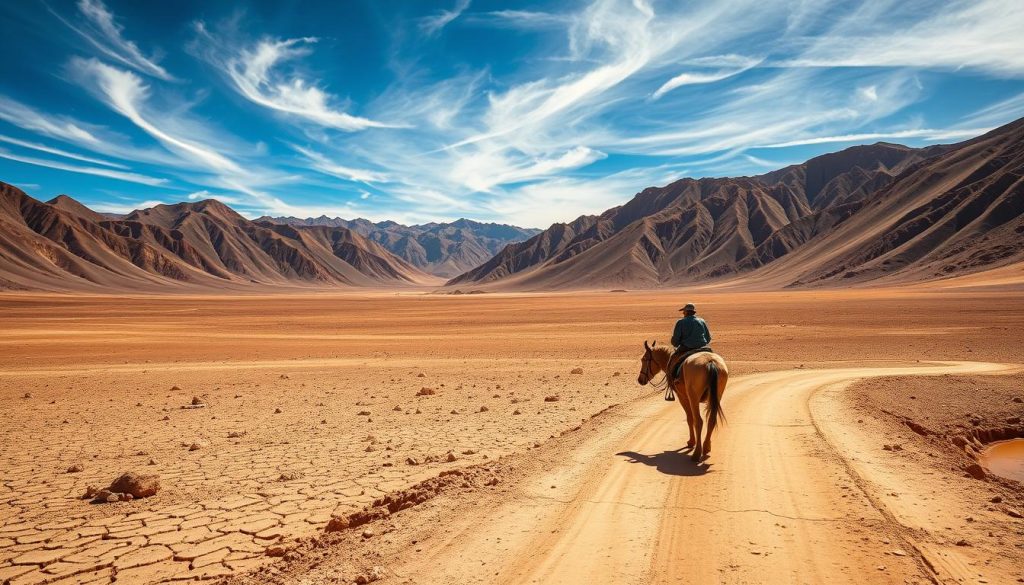
Experiencing the Unique Charm of the Rainy Season
The rainy season, from November to March, brings its own magic. While heavy rains can make some trails impassable, they also create stunning natural events. The Uyuni Salt Flats, for example, transform into a reflective mirror during this time, offering a breathtaking spectacle.
December marks the start of this season, with March being one of the wettest months. Despite the challenges, the lush landscapes and vibrant wildlife make it a rewarding time to visit. “The rain adds a unique charm you won’t find during the dry months,” explains a seasoned traveler.
| Season | Pros | Cons |
|---|---|---|
| Dry Season (May-October) | Clear skies, reliable weather, ideal for hiking | Higher travel costs, more tourists |
| Rainy Season (November-March) | Unique natural events, lush landscapes | Heavy rains, some trails inaccessible |
Choosing the best time visit depends on your priorities. If you prefer sunny days and outdoor adventures, the dry season is for you. For dramatic rain scenes and unique experiences, the rainy season offers unparalleled charm. Consider the time year and your travel goals to plan the perfect trip.
Bolivia: Best Months for a Weather-Savvy Trip
When planning your adventure, timing can make or break your experience. The dry season, from April to October, is the ideal period for outdoor activities. Clear skies and sunny days create perfect conditions for exploring iconic destinations like Lake Titicaca and the Uyuni Salt Flats.
Optimal Months for Outdoor Adventures
May to October offers the best weather for hiking, sightseeing, and other outdoor activities. During these months, the days are crisp and sunny, making it easier to enjoy the stunning landscapes. Lake Titicaca, with its serene waters, is particularly inviting during this time.
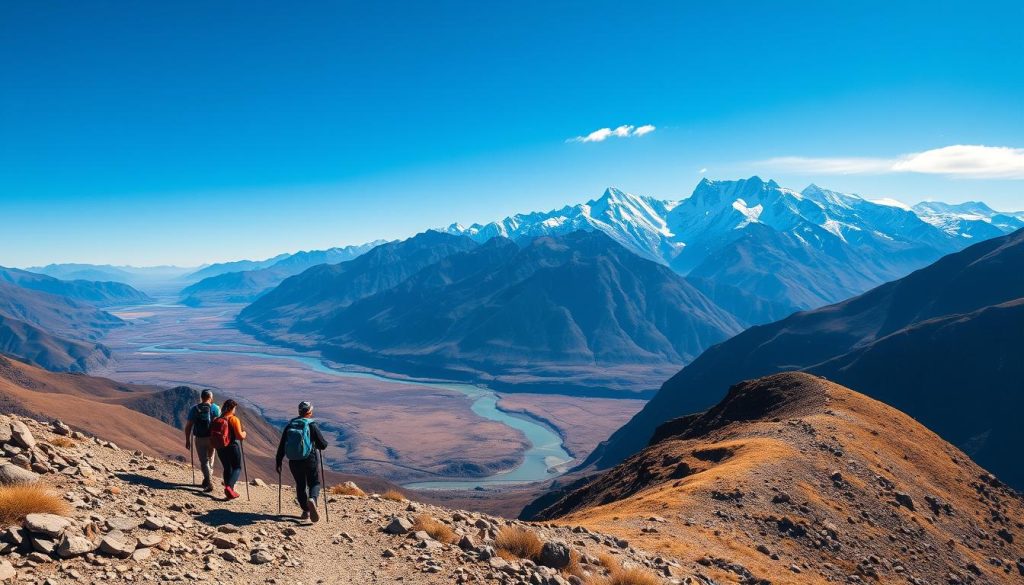
In cities like La Paz, the dry season brings comfortable temperatures for wandering through markets and historical sites. The Uyuni Salt Flats, one of the most unique places on earth, are at their most accessible and photogenic during these months. “The clear skies and natural light make every view unforgettable,” says a local guide.
Seasonal Highlights and Local Events
The dry season also coincides with vibrant local festivals and cultural events. In June, the city of La Paz celebrates the Fiesta de San Juan, a lively event filled with music and dance. These celebrations add an extra layer of excitement to your travel experience.
Lake Titicaca hosts traditional boat races and cultural performances during this period. The combination of favorable weather and local festivities makes it a must-visit destination. “It’s the perfect time to immerse yourself in the culture,” explains a seasoned traveler.
Planning your trip around these months ensures you make the most of your adventure. Whether you’re exploring the salt flats or enjoying the vibrant atmosphere of a city, the dry season offers endless opportunities for unforgettable experiences.
Planning Your Itinerary for Top Destinations
Planning your journey to Bolivia’s top destinations requires a thoughtful approach to weather and timing. From the high-altitude coolness of the Andes to the warm, humid lowland regions, each area offers unique experiences. By understanding regional temperature differences, you can create a balanced itinerary that maximizes your adventure.
Discovering the Stunning Uyuni Salt Flats
The Uyuni Salt Flats are a must-see destination, especially during the dry season. From April to October, the temperature is mild, and the skies are clear, making it perfect for photography and exploration. During the rainy season, the flats transform into a reflective mirror, offering a surreal experience.
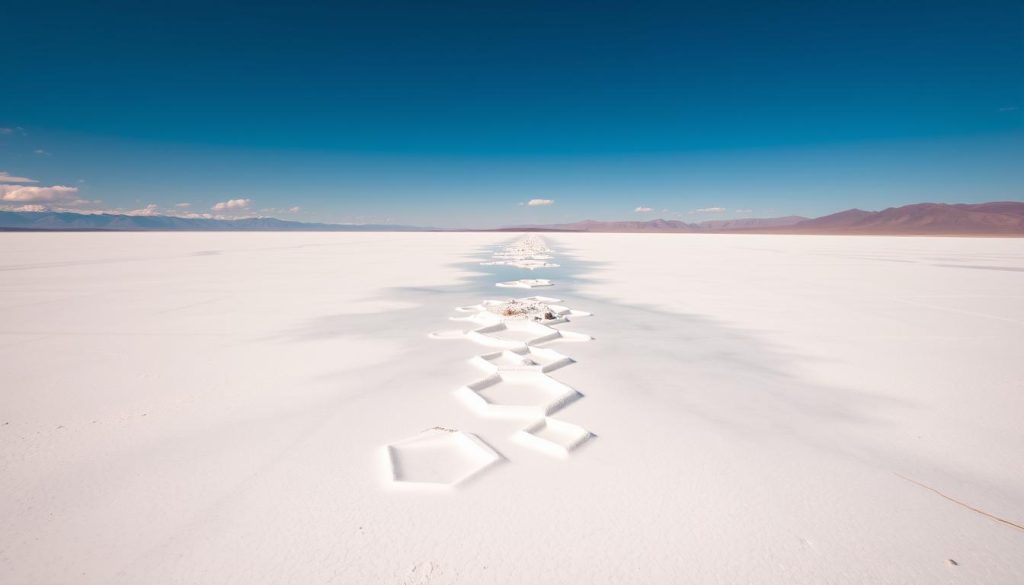
When visiting, plan for cooler nights and bring layers to stay comfortable. “The salt flats are unlike anything else on earth,” says a seasoned traveler. This iconic destination is best enjoyed with a guided tour to fully appreciate its beauty.
Exploring La Paz, Potosí, Sucre, and Beyond
La Paz, the world’s highest capital city, offers a mix of modern and traditional bolivian culture. The temperature here is cooler year-round, so pack accordingly. Potosí and Sucre, known for their colonial architecture, are best visited during the summer months when the weather is pleasant for walking tours.
In the lowland regions, such as the amazon, the climate is warm and humid. Plan your visit during the dry season to avoid heavy rains. For a unique experience, explore lake areas like titicaca, where moderate temperatures and cultural events create unforgettable memories.
| Destination | Best Time to Visit | Key Highlights |
|---|---|---|
| Uyuni Salt Flats | April-October (Dry Season) | Clear skies, photography, guided tours |
| La Paz | Year-round (Cooler Temperatures) | Cultural experiences, markets, history |
| Potosí & Sucre | Summer Months | Colonial architecture, walking tours |
| Amazon Lowlands | Dry Season | Wildlife, rainforest exploration |
| Lake Titicaca | Moderate Temperatures | Cultural events, picturesque views |
By balancing your itinerary between highland coolness and lowland warmth, you can enjoy the best of Bolivia’s diverse landscapes. Whether you’re exploring the salt flats or immersing yourself in the culture of La Paz, thoughtful planning ensures a memorable trip.
Regional Weather Insights: From Andes to Amazon
Exploring the diverse weather patterns across regions can enhance your travel experience. From the chilly nights of the Andes to the humid warmth of the Amazon, understanding these differences ensures you’re well-prepared for your adventure.
Temperature Extremes and Elevation Considerations
In high-altitude areas like the Andes, temperatures can drop sharply at night, even if days are sunny. Packing layers is essential to stay comfortable. In contrast, the Amazon region remains warm and humid, with evenings feeling milder. “The contrast between regions is striking, but it’s what makes this country so unique,” says a seasoned traveler.
Rainfall varies significantly across the country. During January, the Amazon experiences heavy rains, while the Andes and Altiplano remain dry. This seasonal shift affects accessibility and activities, so plan accordingly. Clear skies in the dry season offer stunning views of the sky, especially in remote areas.
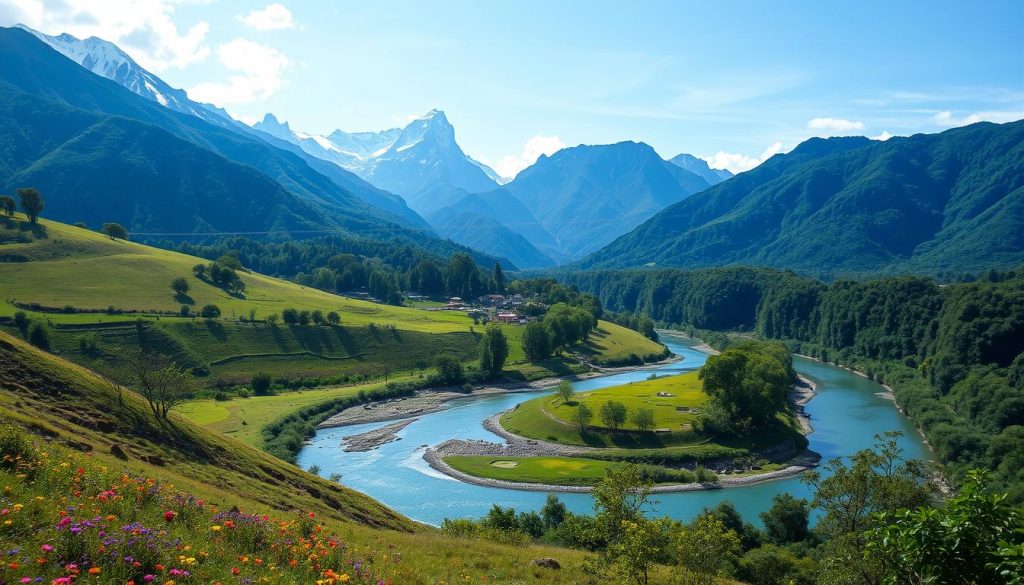
Essential Packing and Travel Gear Tips
Packing smart is key to handling the diverse weather. For high-altitude regions, bring thermal layers, a warm jacket, and a hat for chilly nights. In the Amazon, lightweight, moisture-wicking clothing is ideal. Don’t forget a rain jacket, especially if visiting during the wet season.
Here’s a quick guide to help you prepare:
| Region | Essential Gear | Weather Notes |
|---|---|---|
| Andes | Thermal layers, warm jacket, hat | Cold nights, sunny days |
| Amazon | Lightweight clothing, rain jacket | Warm, humid, heavy rainfall in January |
| Altiplano | Layered clothing, sunscreen | Dry, clear skies, cool nights |
By understanding regional weather patterns and packing appropriately, you can enjoy a comfortable and memorable trip. Whether you’re stargazing under a clear sky or exploring lush rainforests, preparation is your best ally.
Conclusion
Choosing the right time to explore a destination can significantly enhance your journey. Understanding the weather patterns and regional differences ensures a smoother and more enjoyable experience. Visiting during transitional months like October and November offers a balance of favorable conditions and fewer crowds.
These months provide a unique opportunity to witness the shift between seasons, whether it’s the end of the dry period or the onset of the rainy season. By planning your trip around these times, you can maximize your adventure and avoid unexpected weather challenges.
Revisit this guide before finalizing your itinerary to ensure you’ve considered all aspects of the climate and regional variations. With thoughtful preparation, your journey will be both enriching and weather-savvy. Happy travels!
The above is subject to change.
Check back often to TRAVEL.COM for the latest travel tips and deals.
Here are some Tours & Sightseeing suggestions that might pique your interests!
